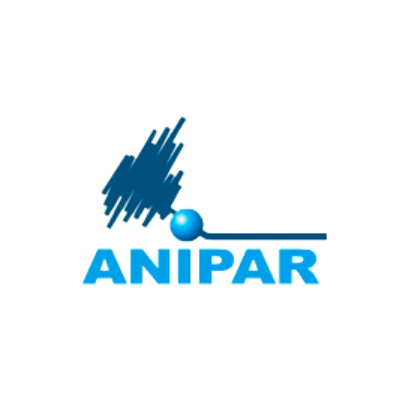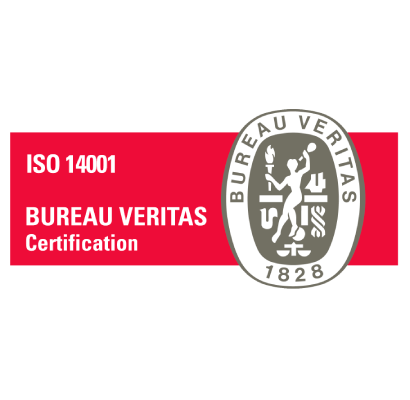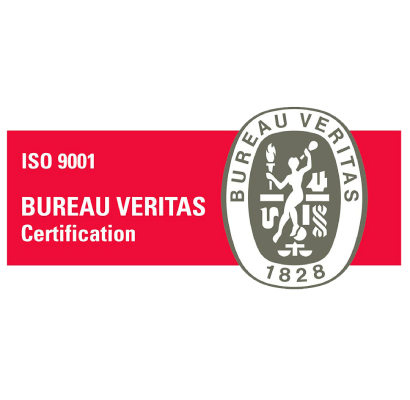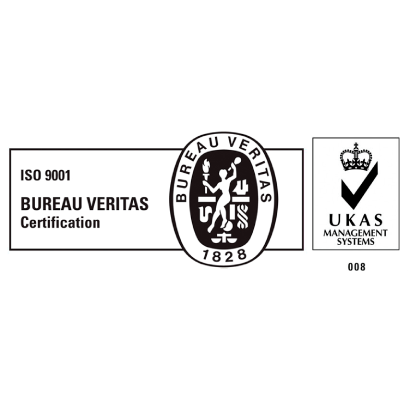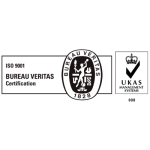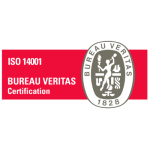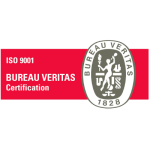
Summary
The wind screen, usually located on bridges where the air can cause problems for traffic, provides a perfect solution. With its aesthetic and modern design, it manages to reduce wind speed thanks to the metal barriers, serving as a screen to prevent bird collisions.

Summary
The wind screen, usually located on bridges where the air can cause problems for traffic, provides a perfect solution. With its aesthetic and modern design, it manages to reduce wind speed thanks to the metal barriers, serving as a screen to prevent bird collisions.

Characteristics
- Modular structure
- Possibility of using expansion joints.
- Flexibility in the production of different lengths
- Manufacturing feasibility for bends or curved sections.
Fastening through a base plate screwed to the floor using bolts and nuts.
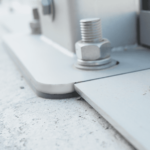
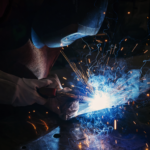
Joint welded directly to a metal plate previously embedded in the concrete or pavement.
Post embedded directly in the concrete of the pavement or foundation.
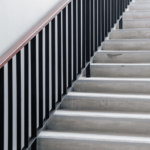
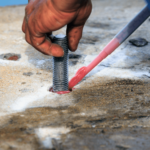
Chemical anchoring system: This method involves the use of chemical adhesives to fix the railing to the pavement, creating a solid and long-lasting bond.
Mechanical anchoring system: Uses mechanical devices, such as expansion bolts, to secure the railing to the pavement.
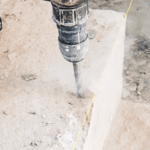
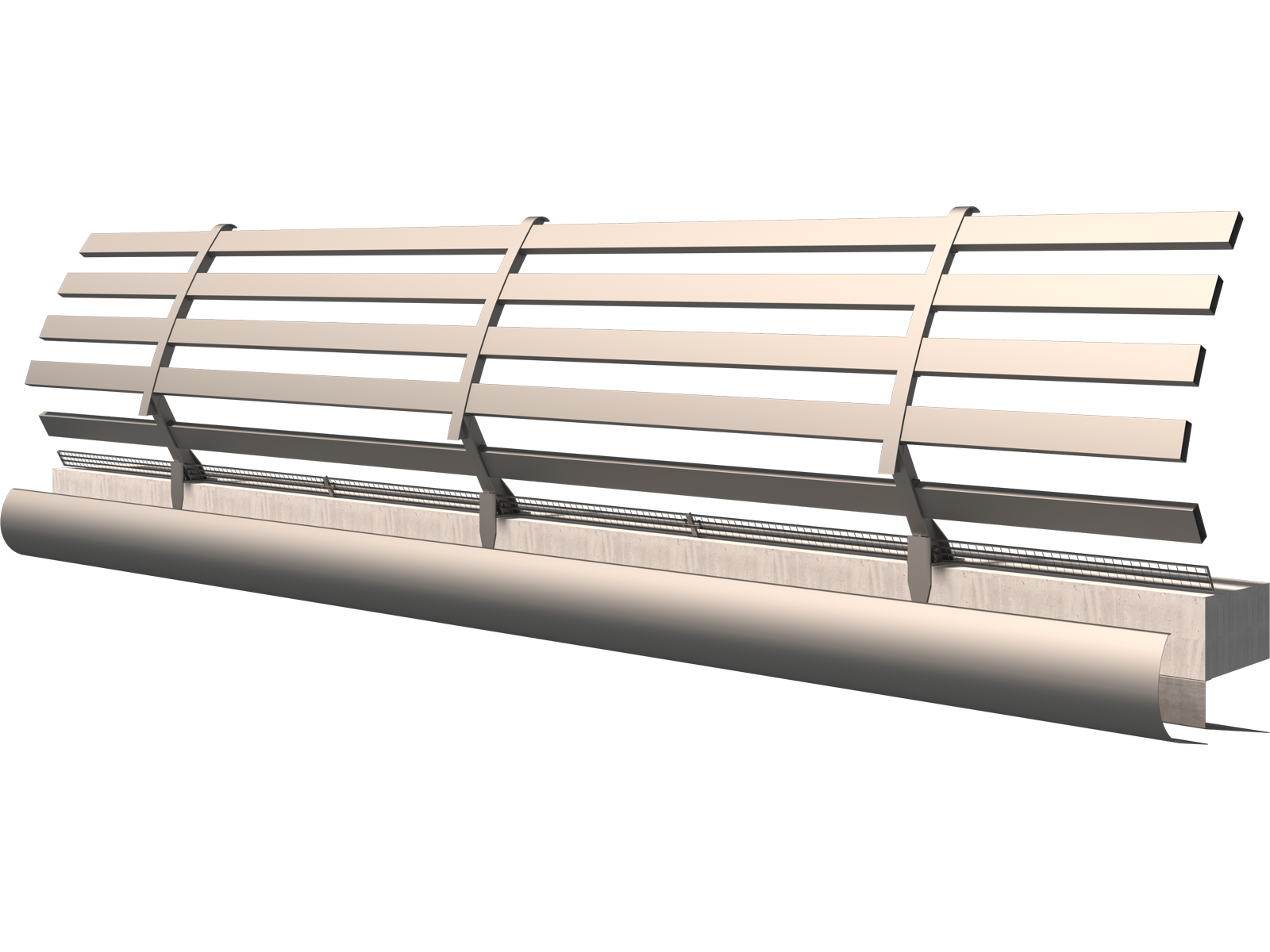
Technical Specifications
Height
3 m (9.84 ft)
Pilar Spacing
4 m (13.12 ft)
Thickness
680 mm (26.77")
Material
Steel
Main Element
Rectangular tube
Auxiliary Element
Support
Fixing Element
Anchor plate
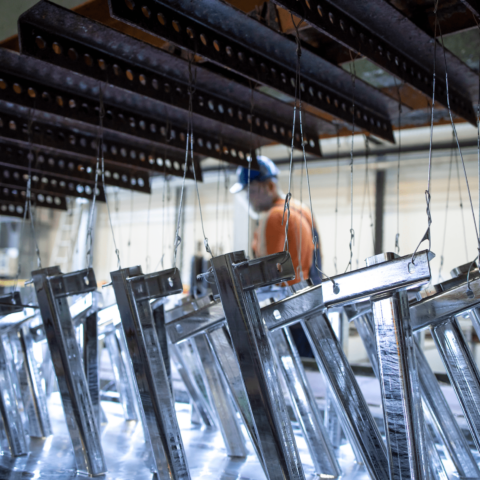
GALVANIZED
UNE-EN ISO 1461
POWDER COATING
EN 15773
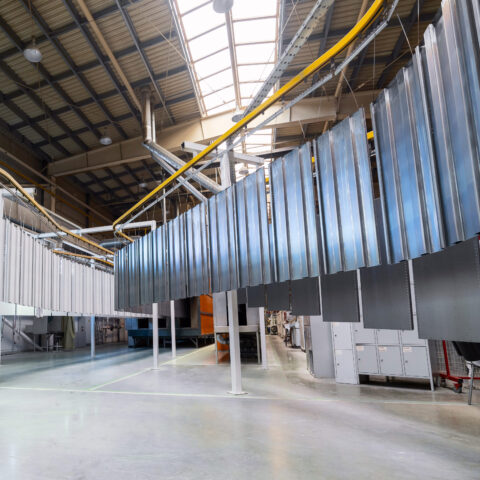
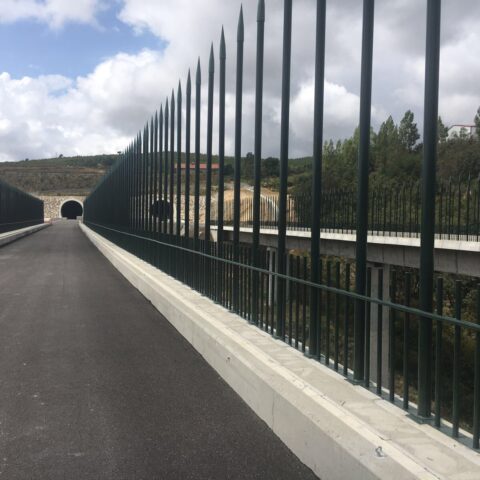
DUPLEX SYSTEM
PROTECTION AND COLOR






